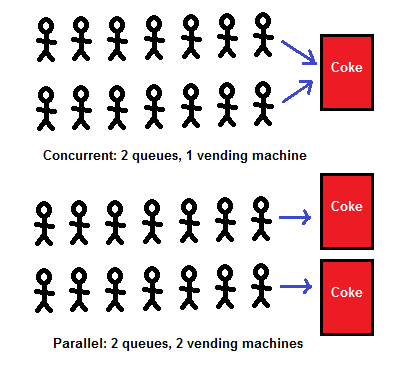Understanding Synchronous Operations in Software Development
What Does Synchronous Mean?
In the context of non-blocking and concurrent programming, synchronous refers to operations that occur sequentially. This means that tasks or operations are executed one at a time, with each task waiting for the previous one to complete before starting.
Key Characteristics of Synchronous Operations
- Blocking: A synchronous task will hold up the entire process until it finishes, and other tasks must wait for it to complete.
- Sequential Execution: Tasks run in the order they are initiated, without overlapping.
- Predictable Flow: The program flow is easier to understand since each operation finishes before the next one begins.
Example of Synchronous Operations
- Synchronous I/O: When reading from a file or a network resource, the program waits for the operation to complete before continuing to the next line of code.
Drawbacks of Synchronous Design
- Reduced Efficiency: Since other tasks must wait for the current one to finish, the system may be less efficient and slower, especially when handling I/O or network requests.
- Blocking: A slow operation can delay the entire process, potentially leading to bottlenecks in high-performance systems.
In contrast, asynchronous operations allow tasks to start and finish without waiting for others, which enhances concurrency and overall system efficiency.

